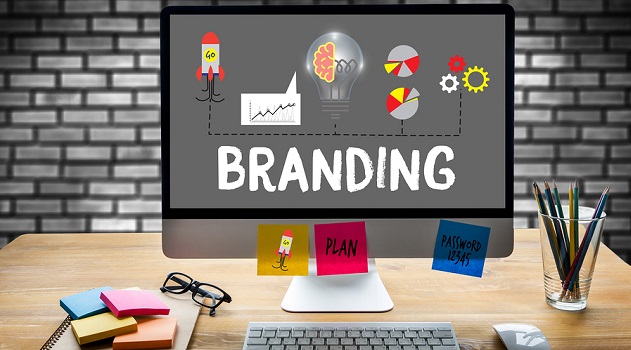It’s a popular misconception in the small-business community that your brand is your logo. As in, just your logo, and nothing else. While your logo is certainly a critical element of your branding, it’s not the only thing. With this in mind, developing your branding doesn’t have to be like walking on hot coals. In reality, it’s actually not that bad (if you do it right).
What does a brand encompass?
There are a number of different elements that make up the entity that is your brand. These different components all influence each other, and how each individual piece is perceived on their own, and collectively. Some of the components that make up your brand include:
- Logo;
- Tone of voice;
- Personality;
- Values;
- Colour palette;
- Secondary language;
- Typography;
- Photography;
- Tagline;
- Iconography;
- and more.
In short, developing a brand is all about how you market your business to gain a specific perception in the minds of customers concerning your product or service.
It is important to remember that our brand perception will be influenced by all experiences with a brand, including publicity, word of mouth, advertising and marketing strategies, etc.
Influencing brand perception
Your visual branding as a whole, including your logo, colour palette and imagery will influence who your brand speaks to and how it captures your audience.
Colour is an important element and I’ll use that as an example. If your brand is based around hues of pinks and purples, your advertising will typically influence and attract a feminine audience, whereas vibrant primary colours will draw the attention of children.
It’s important to consider consistency, too. For example if your copy IS ALL LOUD AND SHOUTY, but you’re a bookstore, then something’s not quite right. When developing your brand’s identity it’s critical that you have a clear, well defined image thought out.
How do I know if my brand is successful?
Tracking the direct success of a brand isn’t an exact science, and it’s usually measured by the success of other campaigns. For example, businesses that receive a lot of word of mouth sales typically have a strong, consistent brand that remains fixed in it’s customers minds – which then results in the ability to visualise and remember the brand, and thus business name when making a referral.
Remember, consistency is key to a strong and powerful brand.
Your brand will evolve
Just like you or I, your brand is a living organism (sort of) and will therefore change and evolve as time goes on. This is both a natural occurrence, as well as an important one. While you shouldn’t (read-do not) adapt your branding to match the flavor of the month, it really is critical that the imagery you use is relevant to the times you’re operating in. Look at Blackberry. A decade and a half ago, they were one of the leading mobile phone brands. Now, because they refused to adapt, they’re little more than a footnote in the history books. If you don’t adapt, you don’t grow, and if you don’t grow, you die.
With this in mind, it is important that your brand maintains its core values, messages and visuals. You can still breathe new life into your branding without creating a whole new entity.
Jake Thomas, Creative Director, Emroy Creative Group










